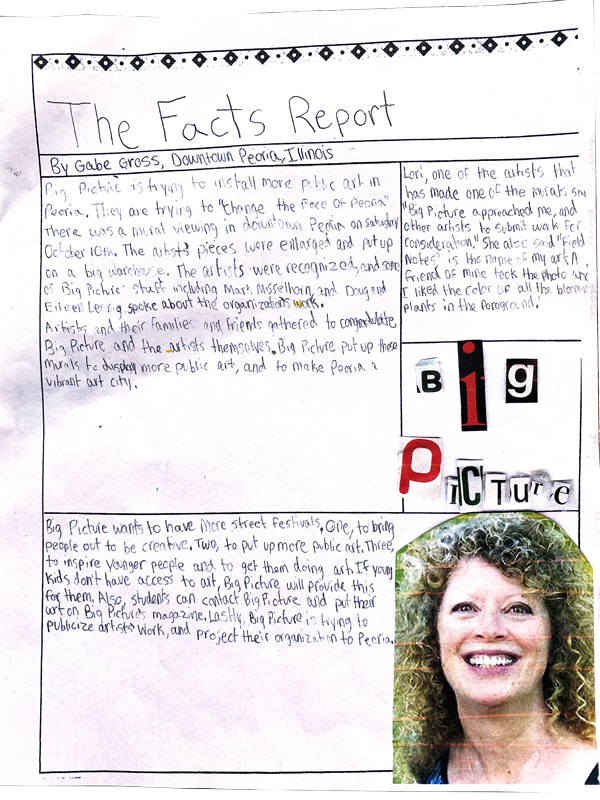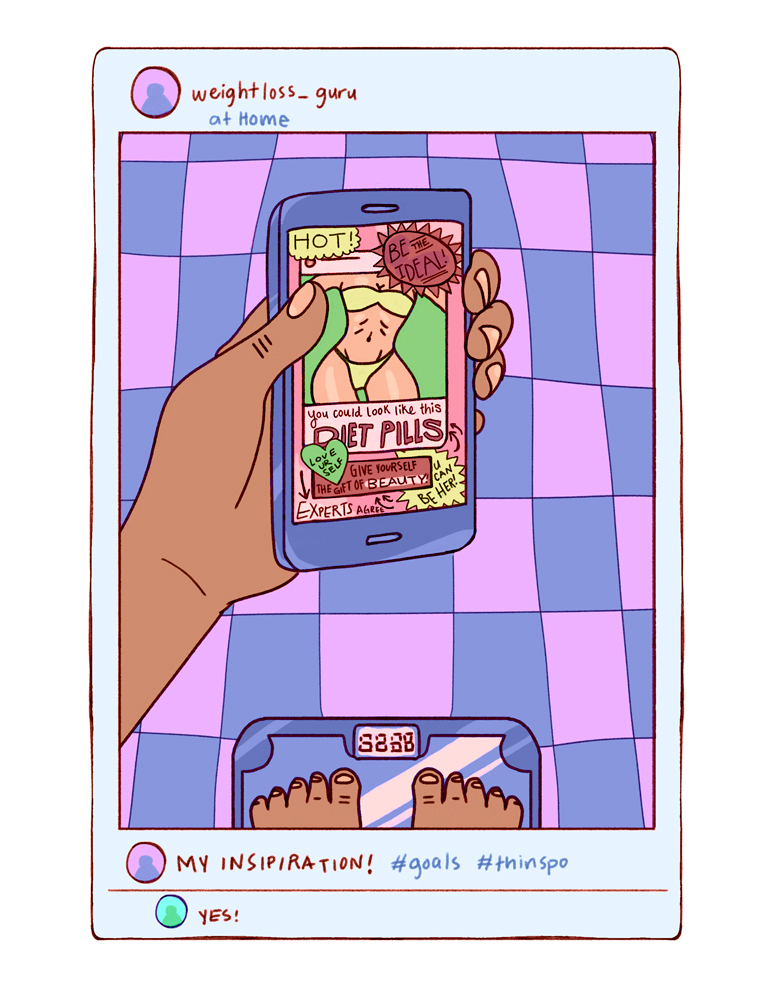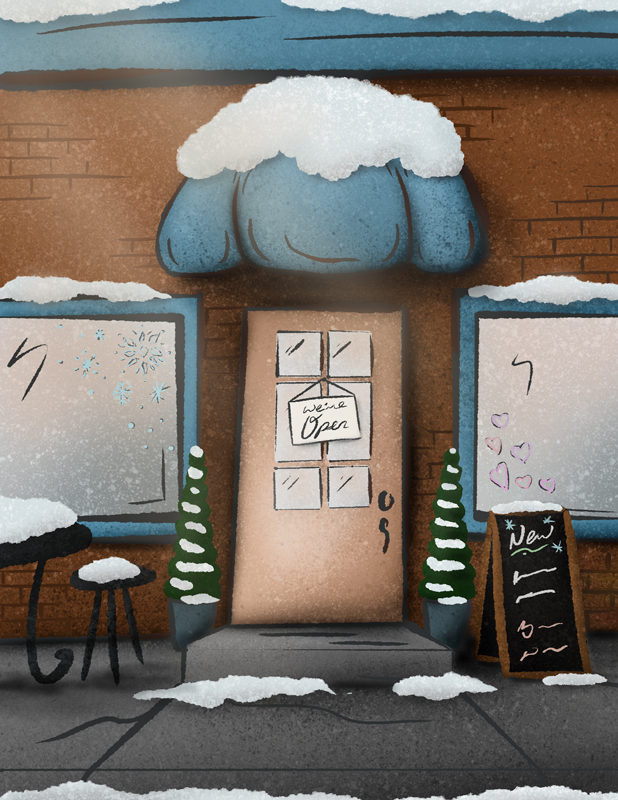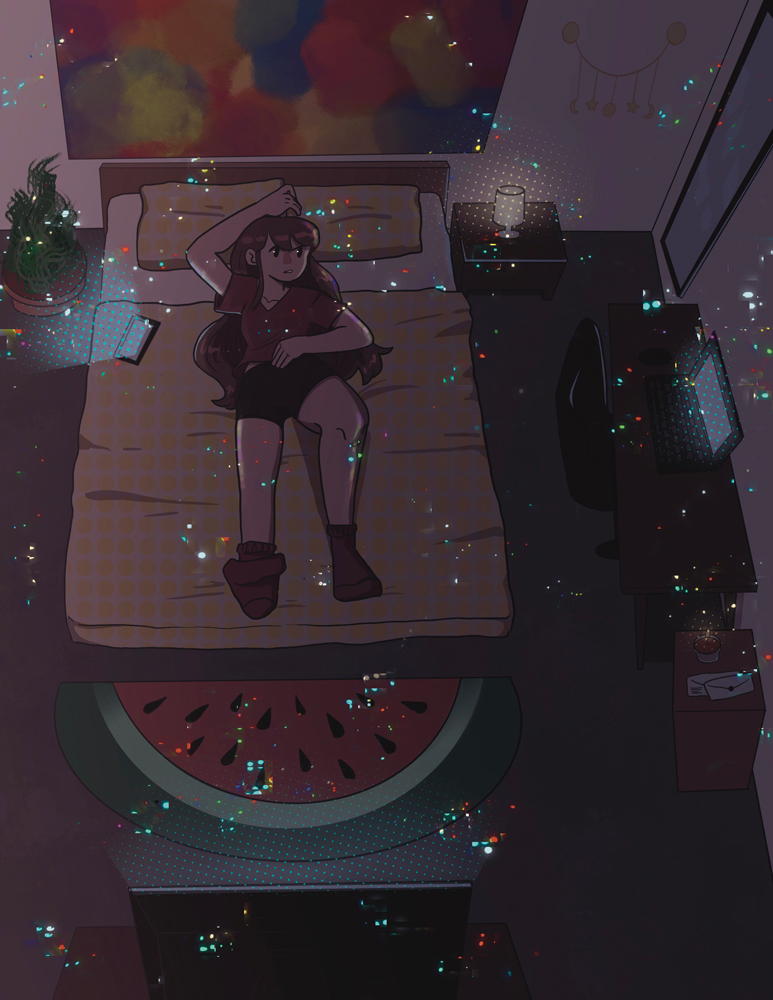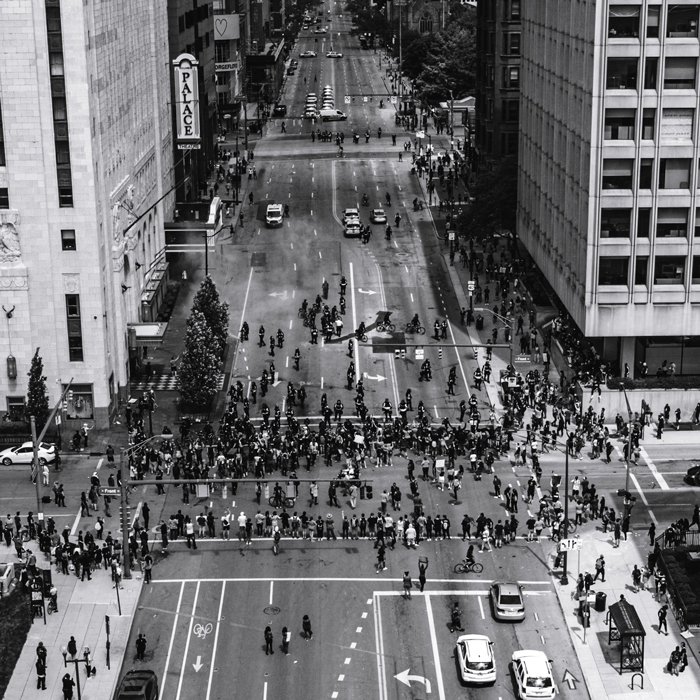The Facts Report
About Gabe Gross Gabriel Gross is a 7th grader at St. Thomas Catholic School of Peoria where he serves as Student Council Secretary. He plays many sports, including basketball, baseball, tennis, and soccer. Gross enjoys drawing, creating comics, playing ping pong, hiking, video games, and traveling. He kept busy in 2020 outdoors with fellow artists and neighbors, filming a …

